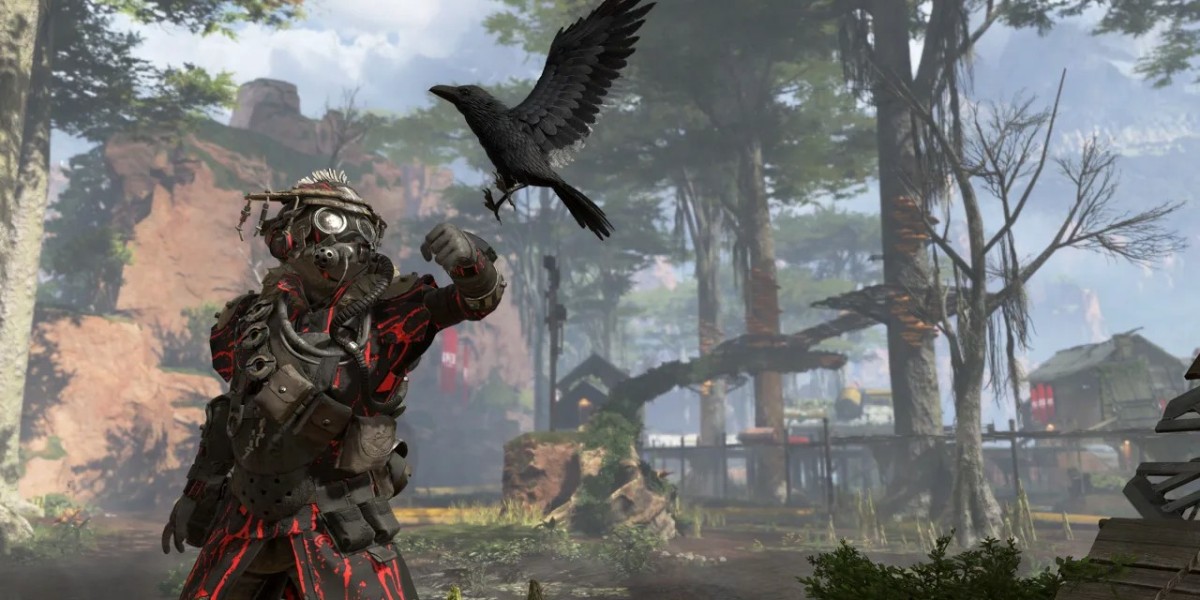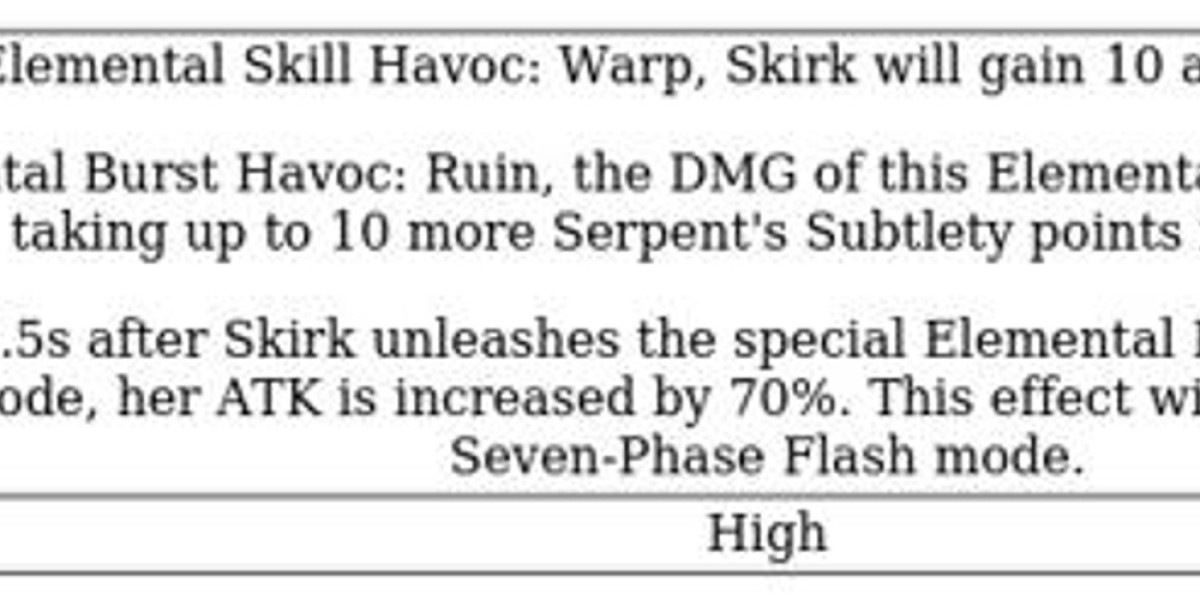If you’ve ever sat down to watch a match or stepped onto the court ready to play, you might have wondered: how long is a volleyball game? The answer isn’t as straightforward as you might think—it depends on the type of match, the level of play, and even the competition rules. Whether you’re a casual player, a coach, or simply a fan of the sport, understanding the game’s length can help you prepare mentally and physically for the action ahead.
Average Length of a Volleyball Game
On average, a volleyball game lasts between 60 to 90 minutes. However, instead of being timed like a basketball or football game, volleyball matches are based on sets. This means the length can vary significantly. In professional tournaments, matches are typically played in a best-of-five format, where the first team to win three sets takes the match.
Recreational or school games might only play best-of-three sets, which usually shortens the total match time. That’s why asking how long a volleyball game is often leads to the same answer: it depends.
How Many Sets in Volleyball?
In most official competitions, there are three or five sets per match. The first four sets are played to 25 points, and the final deciding set (if needed) goes to 15 points. Teams must win by at least two points, which sometimes leads to extra rallies and extended play.
Understanding how many sets in volleyball is essential if you’re planning to watch or participate, as a close match with extended sets can last well beyond the average time.
Factors That Affect Game Length
Several factors can influence the total duration of a volleyball game:
- Skill level of the teams – More experienced players can create longer rallies, extending the set length.
- Number of sets played – A full five-set match will naturally take longer than a best-of-three.
- Time between rallies – Substitutions, rotations, and referee calls can add minutes to each set.
- Competition rules – Beach volleyball, for example, uses a different scoring format and usually results in shorter games.
Volleyball Positions and How They Impact Play
One of the most interesting aspects of the sport is the role of different positions. The volleyball positions on court—setter, outside hitter, opposite hitter, middle blocker, libero, and defensive specialist—play a big part in how each rally unfolds.
Each role has unique responsibilities that contribute to the pace of the game. For example, the setter orchestrates the offence, while the middle blocker is crucial in quick attacks and blocks. Understanding these positions in volleyball can help fans appreciate why some matches are fast-paced while others are strategic and drawn out.
Volleyball and Popularity Across Genders
Both men and women enjoy volleyball, but volleyball girls’ women’s volleyball tournaments can often feature longer rallies because of the emphasis on ball control and strategic play. This sometimes leads to games that run longer than their male counterparts.
Famous Volleyball Players Who Changed the Game
When talking about famous volleyball players, names like Karch Kiraly, Misty May-Treanor, and Giba come to mind. These athletes have not only achieved remarkable success but also influenced how the sport is played. Watching legends in action often reveals how skilled execution in certain volleyball positions can extend rallies and make games more exciting—and sometimes longer.
Tips for Preparing for a Volleyball Game
If you’re playing, knowing the possible length of a match can help you prepare:
- Hydrate well before the game starts and during breaks.
- Warm up properly to avoid injury during long matches.
- Manage your energy—especially in five-set matches where endurance is key.
Spectators should also be ready for variability. Bring snacks, stay hydrated, and expect the unexpected—a match can be over quickly or stretch into a thrilling multi-hour battle.
Why the Game’s Length Matters for Strategy
Coaches often design strategies based on match length. In longer games, substitutions, player rotations, and tactical timeouts become crucial. Teams with depth in multiple volleyball positions on court have a better chance of sustaining performance throughout extended matches.
FAQs About Volleyball Game Duration
Q1: Is there a time limit in volleyball?
No, volleyball doesn’t use a game clock. Sets decide matches, so the time depends on the number of sets played and how competitive they are.
Q2: Does beach volleyball last as long as indoor volleyball?
Usually not. Beach volleyball matches are generally shorter because they are played to 21 points per set in a best-of-three format.
Q3: What was the longest volleyball game in history?
The longest recorded match lasted over 85 hours in Kingston, North Carolina, in 1983, though that was a special endurance event and not a professional tournament.
Final Thoughts
So, how long is a volleyball game? The simple answer: most run between an hour and an hour and a half, but the exact time depends on the format, skill level, and competitiveness of the match. By understanding the rules, how many sets are in volleyball, and the roles of various positions in volleyball, both players and fans can better anticipate the flow of the game. Whether you’re watching volleyball girls compete in a school tournament or enjoying a pro match featuring famous volleyball players, knowing the game’s length will make you appreciate every serve, spike, and save even more.







